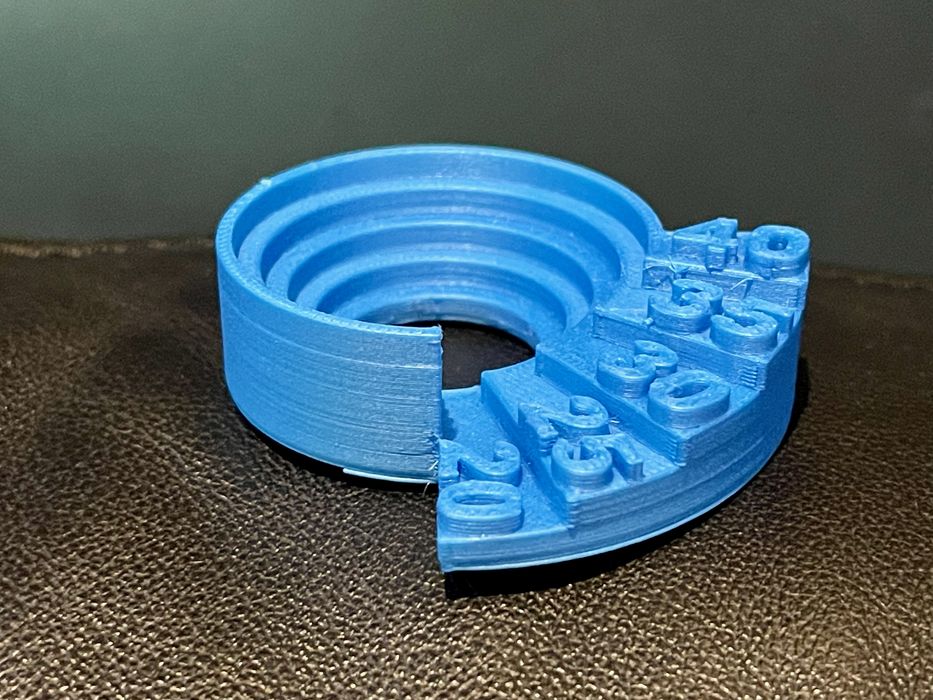
I keep reading posts asking “how to price a 3D print job”, so let’s answer this question.
Pricing is something alien to many 3D print operators, who tend to be tech experts, but less experienced in the money world. Let’s break it all down.
The goal is to compute a cost that recovers the true, full expense of the printing process, plus the desired profit for the work.
The price requires computing two types of costs: fixed and variable.
Fixed costs occur only once, like buying a 3D printer that would be used for many jobs. Variable costs occur directly as a result of the job, like the amount of filament used for that plastic dragon being printed.
It’s easy to associate the variable costs with the job, but you must also allocate the fixed costs to each job. That’s where it gets a little tricky.
The basic approach is to make some assumptions. For example, you could assume that you’re owning that 3D printer for three years and running one job per day on it, or 365 X 3 = 1095 jobs. That would mean each job might be “charged” 1/1095th of the 3D printer cost.
There are more sophisticated methods of allocation, such as basing it not on the number of jobs, but instead based on the amount of time the printer runs for each job. But in the end, it’s just to make some reasonable assumptions and develop the appropriate math to figure it out.
Is the 3D printer the only fixed cost? There’s another one that’s a bit trickier: repairs. During the lifetime of the 3D printer it will most likely require some repairs. This might be replacing the nozzle, getting a new build plate, replacing belts or gears, etc. These costs are not associated with a specific job, although they might happen during one.
The approach here is the same as the 3D printer: estimate the amount of cost for repairs over the expected lifetime of the machine and allocate a piece of it to every job.
Let’s now turn to the variable costs. Filament is the obvious item here, but there is also the electrical power consumed for the job. Usually this isn’t a big factor, but depending on your utility’s rates and job duration, it can be something.
The big item, however, could be the labor cost, if you want to charge for it. For personal projects you probably don’t want to count your labor, but if you’re doing prints for someone else, you definitely should charge.
The approach for labor is to establish an hourly rate for your work. Whatever that is, it can then be applied to the labor that takes place per job. I see these work segments:
- The time required to prepare the job (mostly in the slicer creating the GCODE by laying out the print plate)
- The time required to set up the printer for the job (cleaning the plate, making sure the filament is loaded, etc.)
- The time required to post process the print (including removing supports, sanding, painting, etc.)
That seems like too much of a breakdown, why don’t we just count it all up? It’s because of a complication: You might re-run the job, requiring setup and post processing, but not another job preparation step. You just rerun the GCODE you previously prepared.
There’s another complication: failures. Yes, 3D print jobs do fail now and then. While the failure rate has decreased dramatically in recent times, they do occasionally happen. How would you handle this in pricing if it happens?
You can’t charge a customer the expense of a failure because that’s unrealistic: a buyer would not want to pay twice to get one print, or worse if you had repeated failures. The fact is you have to allocate the cost of failures to all jobs. In reality there are few failures, so this results in a small “failure surcharge” for all jobs.
Finally, there’s the profit component. There are many ways to decide on profit. It could be a simple margin amount over your true total costs, a fixed amount or even zero if you’re feeling friendly.
Does this all sound complicated? It can be, and to figure it out properly you need a spreadsheet to do so. If that’s beyond your capabilities, then we have an answer for you. We’ve built a web page that handles all these computations in an easy to use form. You simply answer the questions about your print job and it will generate a price for your job.
Oh, did I say it’s free to use? Enjoy!
